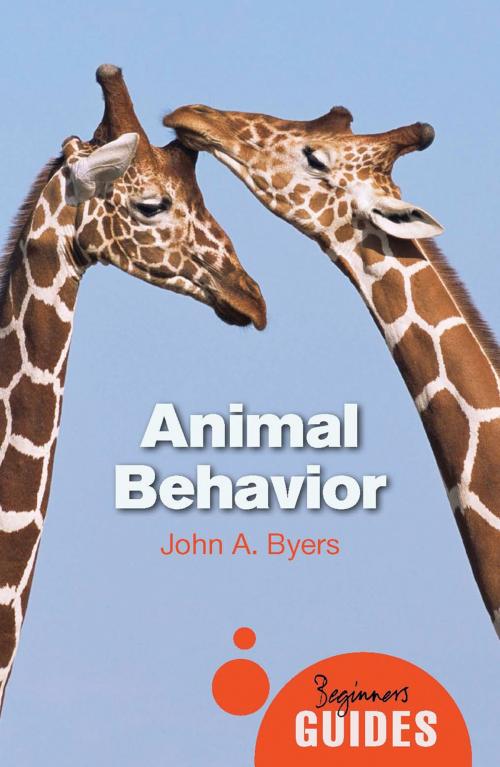Animal Behavior
A Beginner's Guide
Nonfiction, Science & Nature, Science, Biological Sciences, Zoology| Author: | John Byers | ISBN: | 9781780742618 |
| Publisher: | Oneworld Publications | Publication: | August 1, 2013 |
| Imprint: | Oneworld Publications | Language: | English |
| Author: | John Byers |
| ISBN: | 9781780742618 |
| Publisher: | Oneworld Publications |
| Publication: | August 1, 2013 |
| Imprint: | Oneworld Publications |
| Language: | English |
Why do birds have regional accents? Can horses learn math? What do animals without eyes see? Questions such as these have fascinated scientists and animal lovers alike long before ethology - the study of animal behavior - became recognized as a science in the 1970s. Now, as issues of conservation and welfare dominate the field, an understanding of how and why animals act the way they do has become even more critical.
Communicating the passion of the scientists who have driven the discipline, John Byers draws together evolutionary theory, ecology, population biology, genetics, physiology, and anatomy to demonstrate the diversity involved when studying animals. By explaining the mechanisms and motivations behind a range of animal movements he illuminates key issues about our own behavior while equipping readers with the core knowledge and skills to further their own studies.
Communicating the passion of the scientists who have driven the discipline, John Byers draws together evolutionary theory, ecology, population biology, genetics, physiology, and anatomy to demonstrate the diversity involved when studying animals. By explaining the mechanisms and motivations behind a range of animal movements he illuminates key issues about our own behavior while equipping readers with the core knowledge and skills to further their own studies.
Why do birds have regional accents? Can horses learn math? What do animals without eyes see? Questions such as these have fascinated scientists and animal lovers alike long before ethology - the study of animal behavior - became recognized as a science in the 1970s. Now, as issues of conservation and welfare dominate the field, an understanding of how and why animals act the way they do has become even more critical.
Communicating the passion of the scientists who have driven the discipline, John Byers draws together evolutionary theory, ecology, population biology, genetics, physiology, and anatomy to demonstrate the diversity involved when studying animals. By explaining the mechanisms and motivations behind a range of animal movements he illuminates key issues about our own behavior while equipping readers with the core knowledge and skills to further their own studies.
Communicating the passion of the scientists who have driven the discipline, John Byers draws together evolutionary theory, ecology, population biology, genetics, physiology, and anatomy to demonstrate the diversity involved when studying animals. By explaining the mechanisms and motivations behind a range of animal movements he illuminates key issues about our own behavior while equipping readers with the core knowledge and skills to further their own studies.















